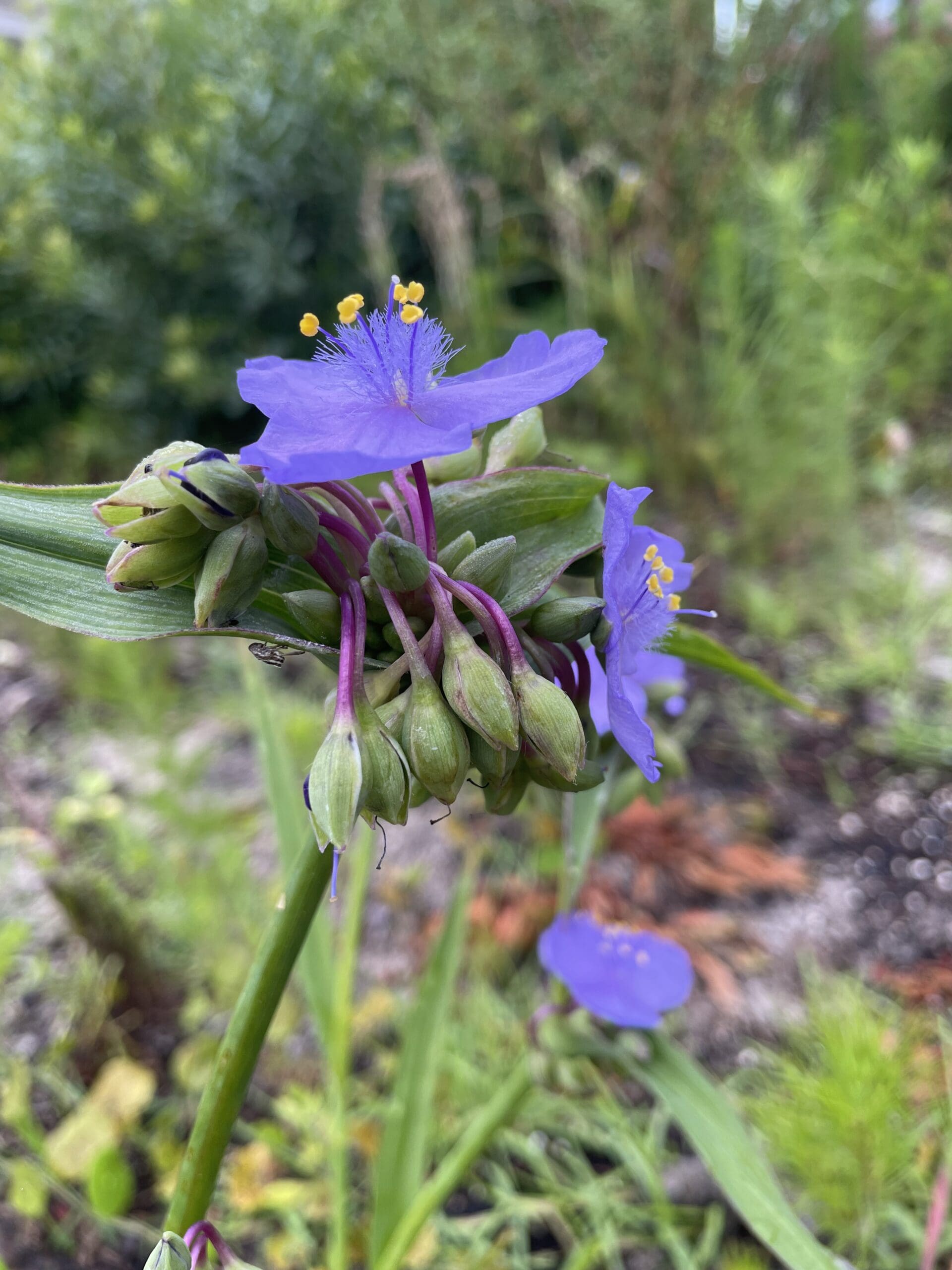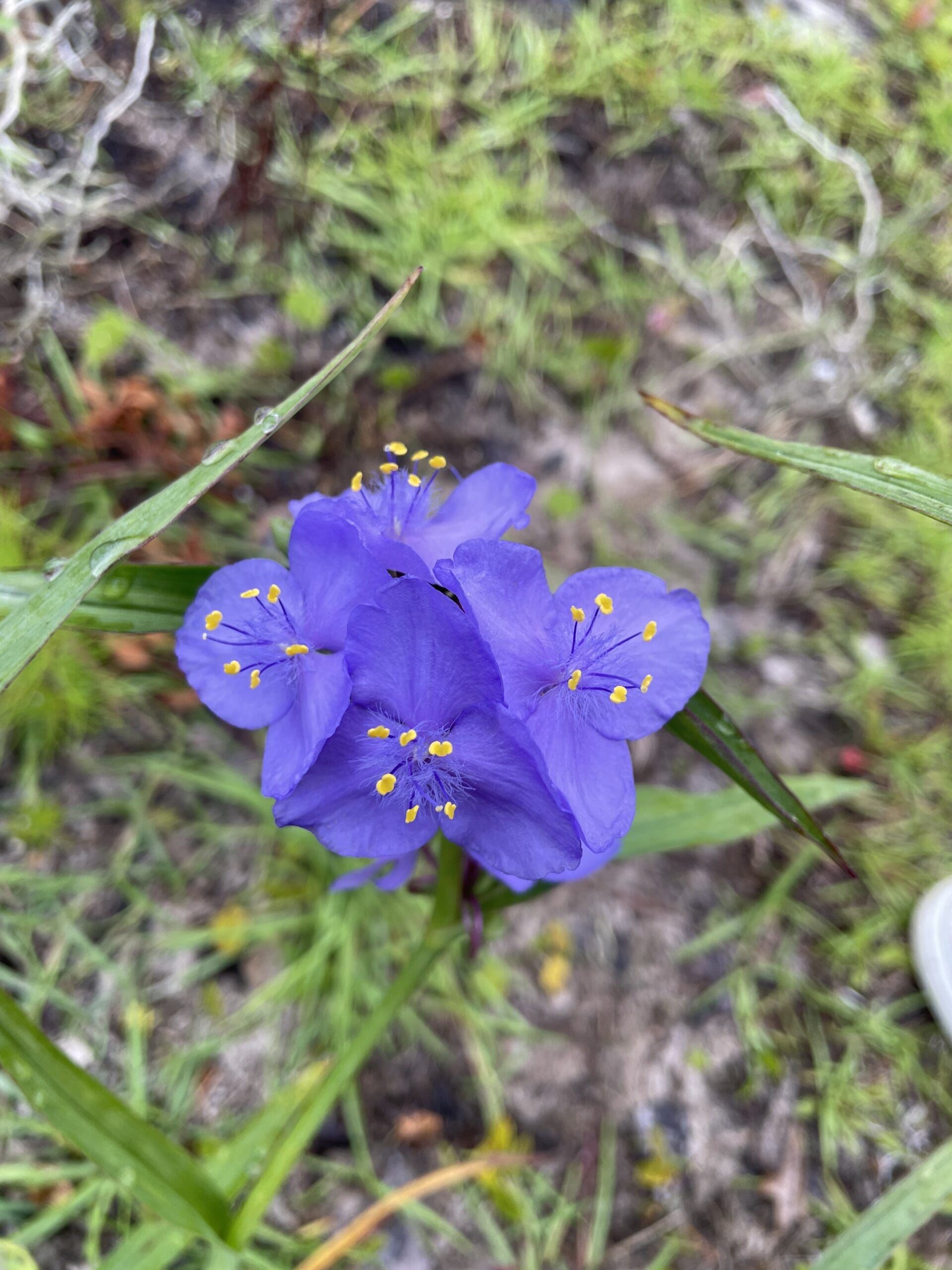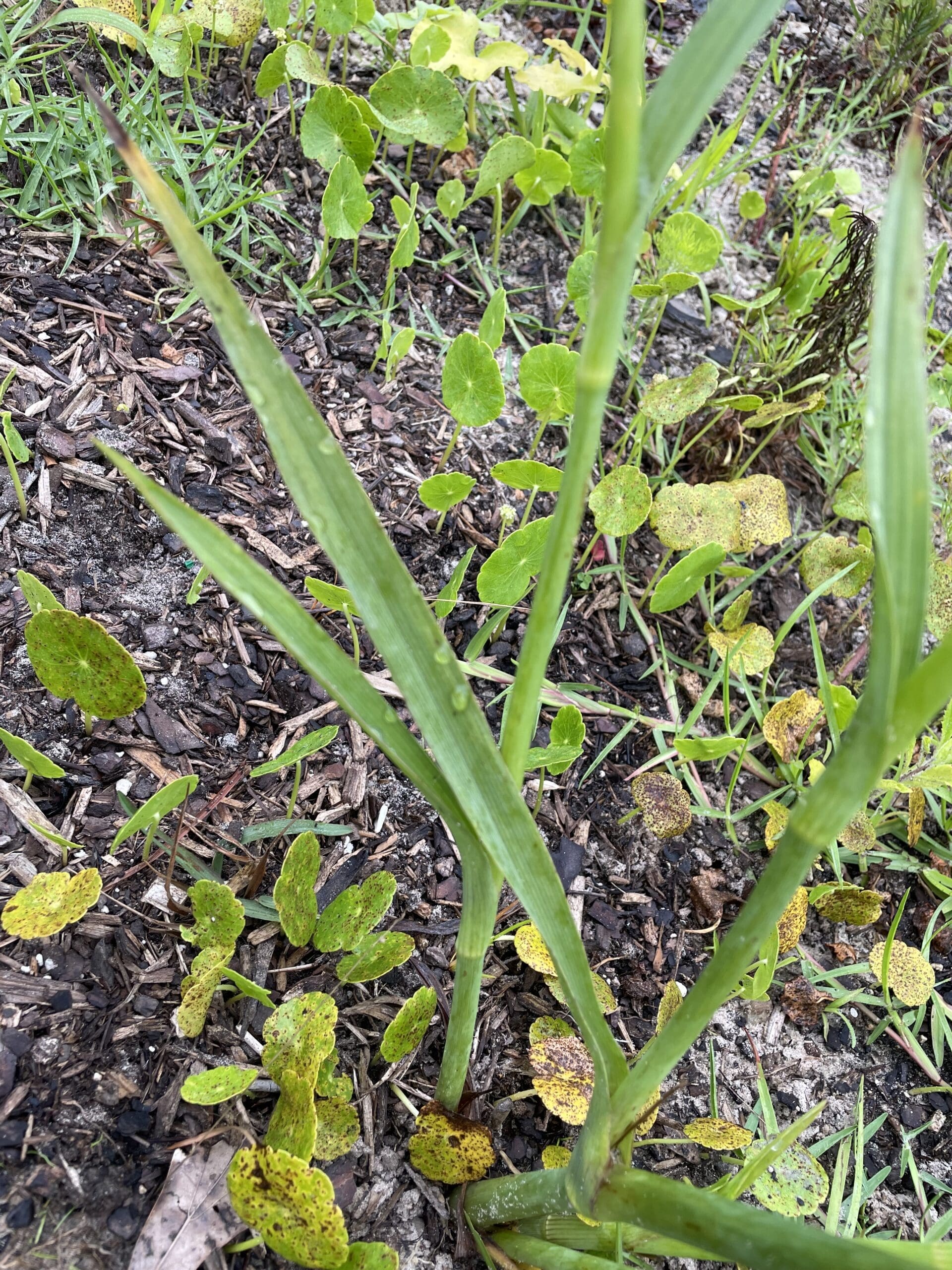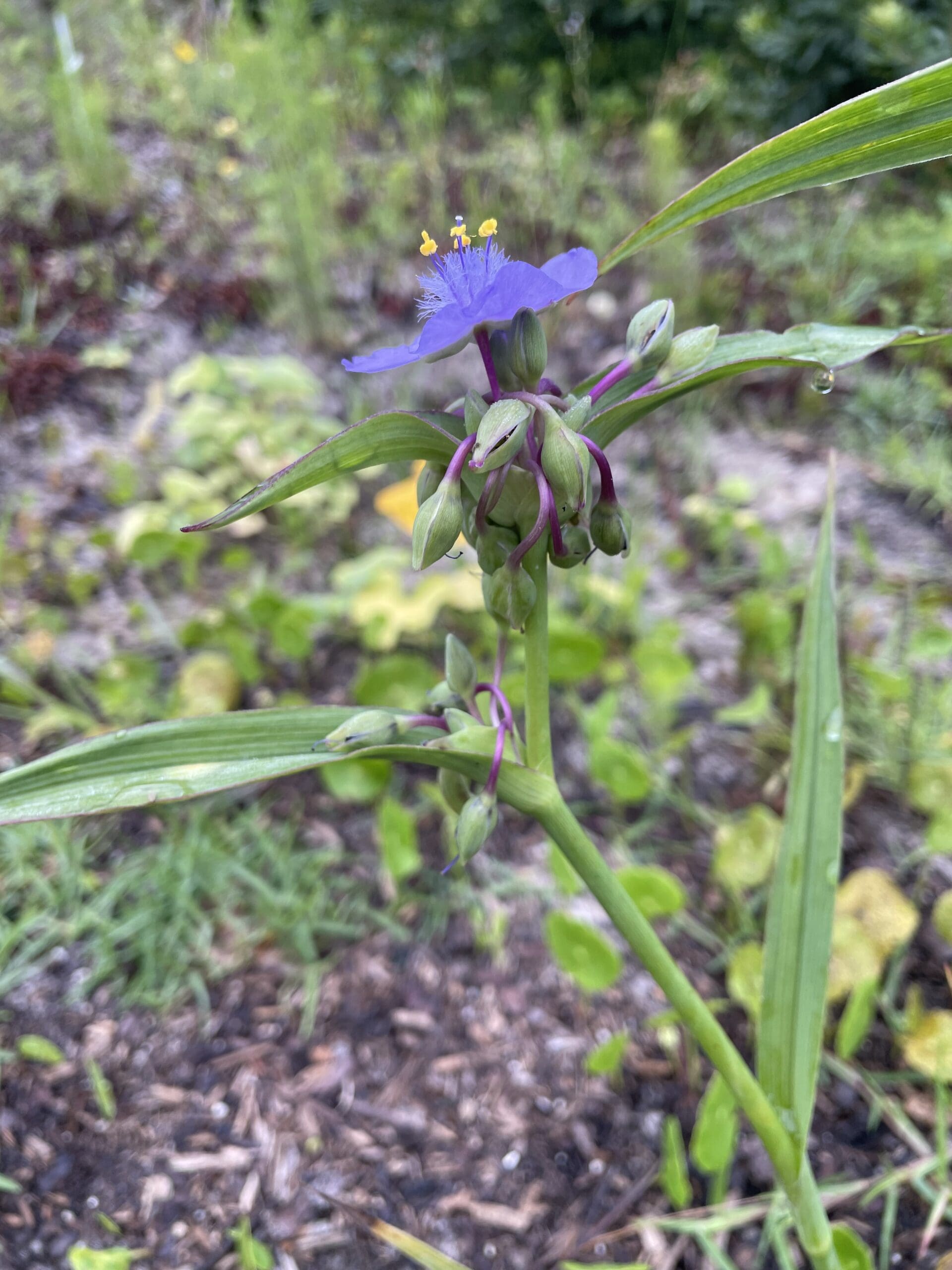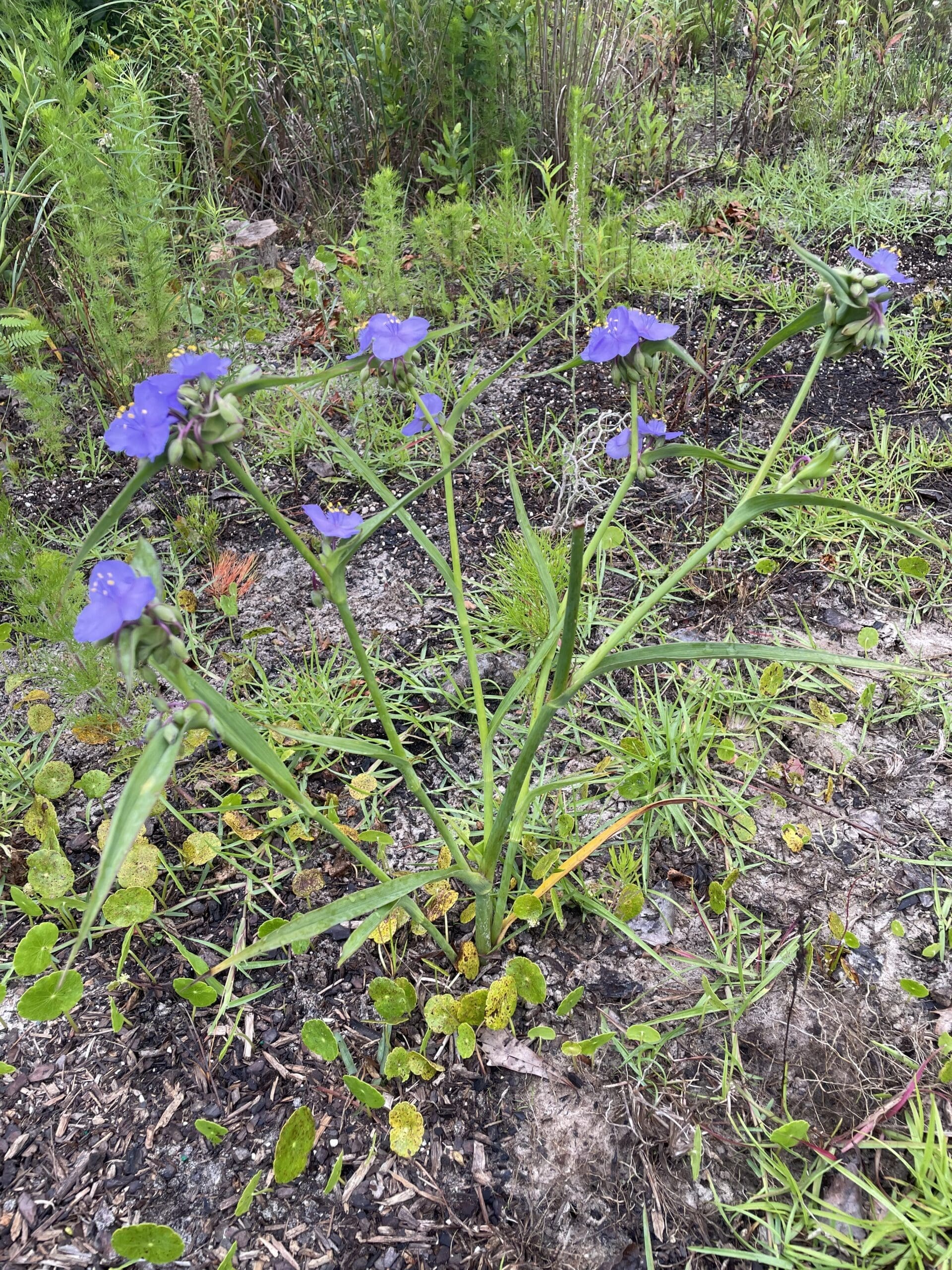Commelinaceae
smooth spiderwort
Tradescantia ohiensis
Synonyms
Tradescantia foliosa
Tradescantia incarnata
Tradescantia reflexa
Other Common Names
Ohio spiderwort
Plant Type
Herbaceous Wildflower
Life Cycle
Perennial
Typical Size
2-3 ft. tall
1.5-2.5 ft. wide
Tolerant of
Drought
Inolerant of
Poorly Drained Soil
Propagation
By seed, By cutting, By division
Plant Propagation Notes
Seeds require cold moist stratification. Cuttings can be taking any time during the growing season. Divide clumps in early spring or early fall.
Plant Planting Notes
Plants can tolerate part shade, but may become leggy and not flower as profusely. Plant in an area where reseeding can be tolerated.
Plants/Diseases
No significant disease or pest issues.
Wildlife Benefits
Nectar/pollen source for pollinating insects
Leaves
Leaves alternate, lanceolate to linear with entire margins. Blue-green hue.
Flowers
Three-petaled deep blue/purple flowers arranged in a cyme or raceme.
Fruit
Capsule.
Toxicity
No known toxicity.
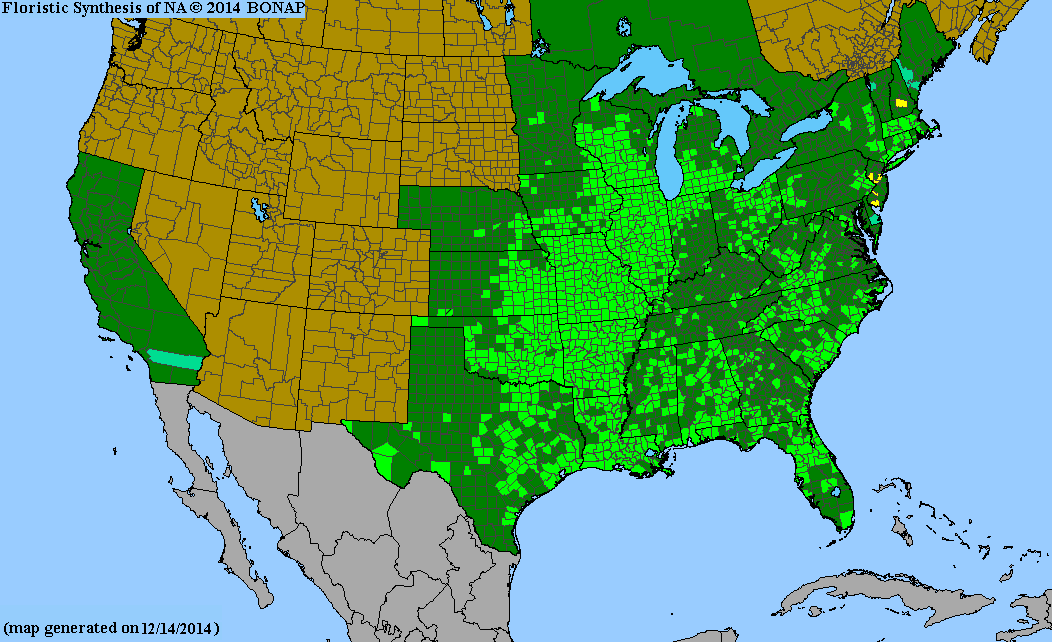
USDA Hardiness Zones
4, 5, 6, 7, 8, 9
Light Exposure
Full Sun, Part Sun/Shade
Soil Moisture
Moist
Soil Drainage
Well-drained
Soil pH
Acidic (less than 6.0)
Native in South Carolina?
Yes
Plant Native Habitat
Disturbed areas such as roadsides as well as woodlands, forests, and alluvial bottoms.
Global Conservation Status (NatureServe)
Secure (G5)
Federal Conservation Status (USFWS)
Not Listed
Distribution Notes
Common in the South Carolina coastal plain, sandhills, and piedmont. Rare in the mountains.

